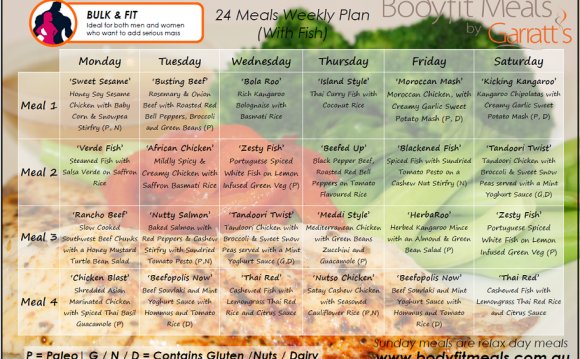
Healthy decisions start at home. Planning ahead can improve your health while saving you time and money. Get children involved in planning and cooking too and you’ll be surprised by how easy making healthy changes can be.
Eating nutritious meals in right-size portions will help you and your family be healthier and will give you the energy you need to get through the day. Preparing healthy meals doesn’t have to be difficult or expensive—it just takes planning.
Sit down as a family and plan your healthy meals for the week, and then have everyone make suggestions for the shopping list. Kids (and adults too!) are more willing to try new foods when they help pick them.
Once you’ve planned your shopping list, be sure to stick to it! Shopping from a list instead of waiting to make choices at the grocery store saves you both time and money. Get ideas for healthy choices and make your next shopping trip easier by using the Let’s Move grocery list template to plan your next shopping trip.
Have a Healthy Breakfast
Make sure your family eats a healthy breakfast every day. In addition to being a good way to start the day, a nutritious breakfast can help prevent overeating and snacking later in the day. Offer children options like whole-grain cereal with low-fat or fat-free milk, oatmeal or fruit to start the day off right.
Healthy Breakfast Ideas
- Stir low-fat or fat-free granola into a bowl of low-fat or fat-free yogurt. Top with sliced apples or berries.
- Add strawberries, blueberries or bananas to whole-grain waffles, pancakes, cereal, oatmeal or toast.
- Top toasted whole-grain bread with a thin layer of peanut butter and sliced bananas.
- Add vegetables like bell peppers, broccoli, spinach, mushrooms or tomatoes to an egg or egg white omelet.
- Incorporate canned, dried and frozen fruits and vegetables into your breakfast menu. Look for fruit without added sugar or syrups, and vegetables without added salt, butter or cream sauce.
Cut Back on Sugary Drinks
Reducing your family’s sugar intake is as easy as making different choices about what your family drinks. Sugar-sweetened beverages are sources of liquid sugar that don’t fill us up. By drinking water instead of beverages with added sugar, your family will be one sip closer to better health.
Ideas for Healthier Drinks
- To get more vitamins and minerals, switch to low-fat milk or 100% fruit juice.
- To decrease sugar intake, switch to water or dilute 100% fruit juice.
Keep an Eye on Portion Sizes
The more you know about serving sizes, the more you will be able to help yourself and your family eat a healthy amount of food. Start off serving a small portion, kids can have seconds if they are still hungry. Know when servings are larger than needed and teach children to eat only what they need at each meal. For example, provide portions equal to the size of the back of a fist-a child’s fist for a child’s portion. Serving sizes are also important to consider for beverages-a serving size for sodas, sports drinks, fruit drinks, and smoothies should fit in a small coffee cup.
Ideas for Eating Healthy Portions
Trust your body to tell you when you’ve had enough, but remember that it takes about 20 minutes for your body to signal to your brain that you’re full.
Eat Together as a Family
When families sit down and eat together, children are more likely to eat more fruits and vegetables and fewer junk foods. Eating together is also a chance to model good behavior and regularly scheduled meal and snack times help kids learn structure for eating. So, keep the television off and spend time eating and talking together around the table.
- Use smaller plates and bowls at home.
- Buy smaller packages of snack foods.
- Don’t force kids to clean their plates if they are full.
- “Batch cook” and divide prepared recipes into the number of servings specified before eating. Save or freeze leftovers.
- Measure out standard servings and always eat from a bowl or plate. Eating from the carton or bag makes it easy to lose track of your portions and can cause you and your family members to have too much.
INTERESTING VIDEO












